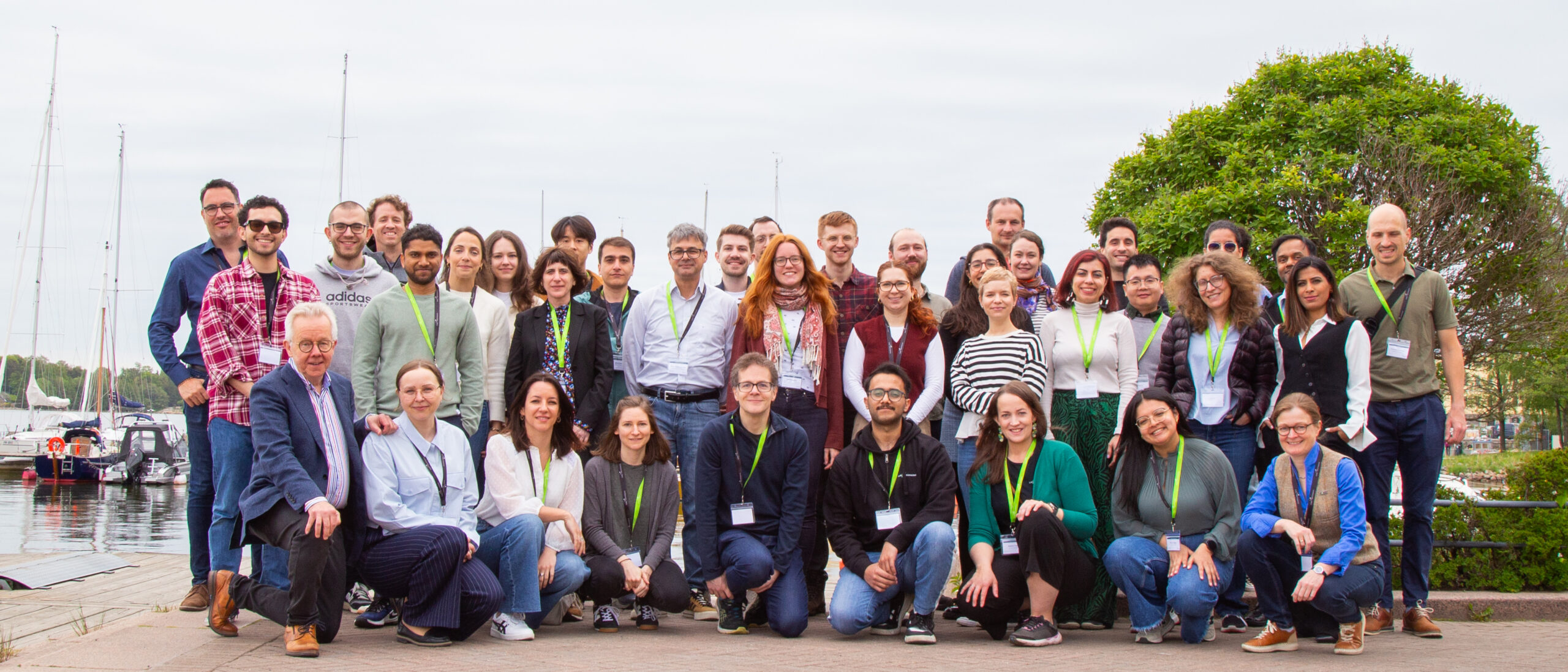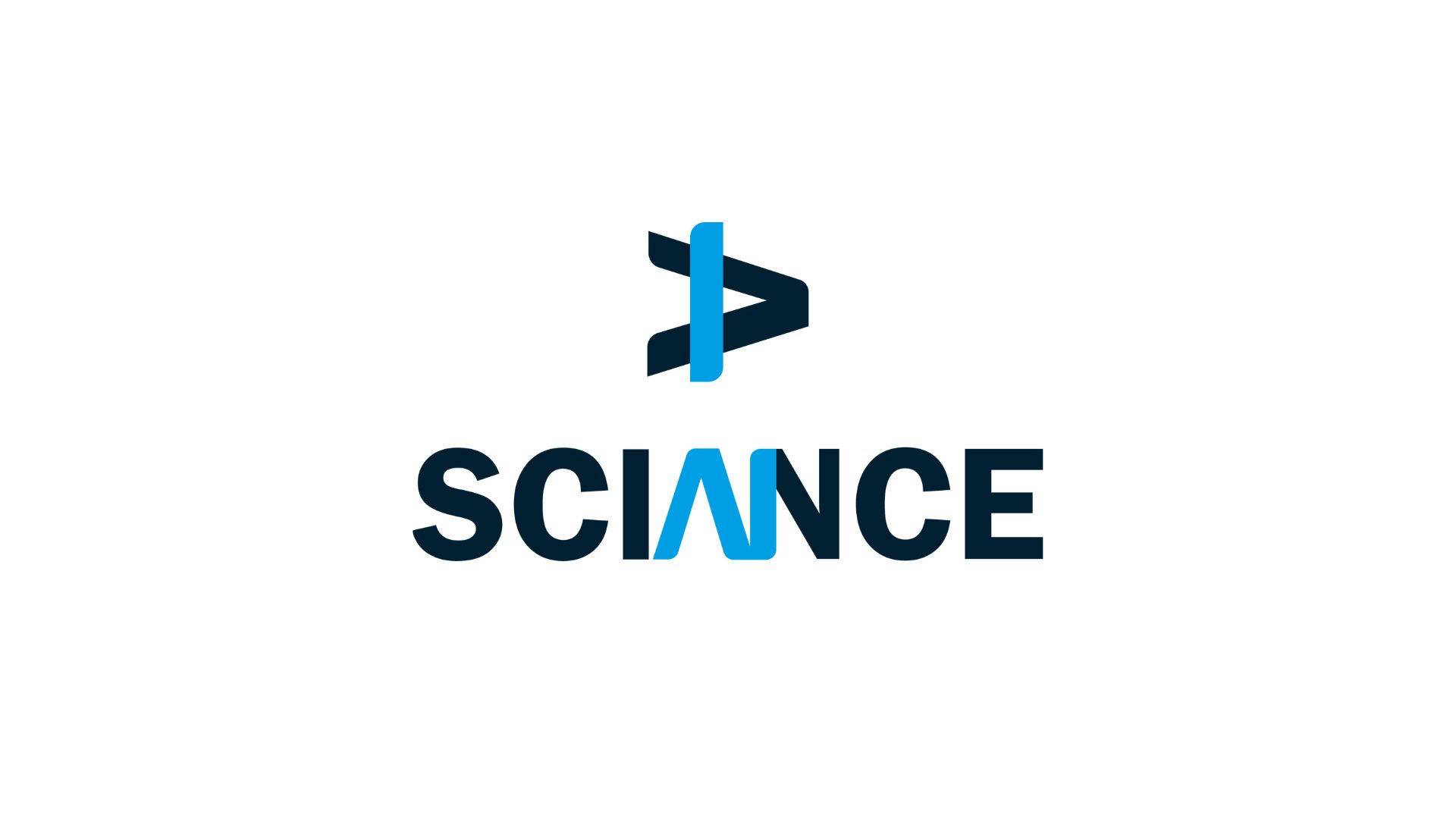
Multimodal imaging offer from Austrian BioImaging
Correlated multimodality imaging (CMI) projects give scientists a truly holistic picture of a sample – but they require more coordination and more intense collaboration than other imaging projects. Andreas Walter, Director of Austrian BioImaging/CMI, Euro-BioImaging’s Austrian Node, explains the challenges - but also the advantages - of a multimodal approach and gives specific examples of why this type of project is so successful at Austrian BioImaging.

“No single imaging modality can accurately and comprehensively decipher the inner workings of cells or entire organisms. Often, we must combine - and correlate - imaging technologies to get the big picture. But setting up a multimodal imaging project is extremely challenging since many areas require specific attention. At Austrian BioImaging/CMI, Euro-BioImaging’s Austrian Node, a number of protocols are in place enabling us to offer multimodal projects if the user’s research question requires it. Some advantages are the wide range of biological and biomedical imaging technologies & expertise available at our Node (31 technologies from the Euro-BioImaging portfolio), and the fact that our facilities are relatively close to each other within Austria and it is easy to travel between them. And we really work as an extended team across different locations. In addition, we have given a lot of thought to the sequence for imaging pipelines, animal ethics, and also data handling strategies.”
Correlated multimodal imaging success story
Adapted from Cross-Modality Imaging of Murine Tumor Vasculature - A Feasibility Study, Zopf et al., MIBI, 2021
Recently, we have demonstrated the benefits of CMI by characterizing exactly the same murine tumors across scales and penetration depths, using orthotopic models of melanoma cancer. This allowed the acquisition of a comprehensive set of vascular parameters for a single tumor. The workflow visualizes capillaries at different length scales, puts them into the context of the overall tumor vessel network and allows quantification and comparison of vessel densities and morphologies by different modalities. The workflow adds information about hypoxia and blood flow rates. Tumor vasculature and angiogenesis play a crucial role in tumor progression. Their visualization is therefore of utmost importance to the community.
In terms of organizing different facilities so that the user can easily go from one facility to another one and receive meaningful and quantified datasets, there are several considerations. The CMI workflow required substantial coordination, careful sample preparation procedures that were compatible across all modalities without compromising data quality (including the sequence of experiments, sample thickness and fixation and staining protocols), and strategies to determine the orientation of the tumor and relocate the sample regions of interest across imaging platforms:
● For in-vivo imaging, the same tumor needed to be imaged sequentially as fast as possible to rule out significant structural changes at the micro- and macro-scales between relocations. All mice were imaged in-vivo within 14 hours using microMRI, US, OCT/PAT and microPET. Since all animals were imaged sequentially using several in-vivo imaging modalities, it was decided not to administer any US contrast agent to keep the overall burden as low as possible. MicroPET was carried out as the last in-vivo modality to allow radioisotope decay after fixation. Mice were anesthetized, imaged by microPET, perfused with a vascular microCT contrast agent and sacrificed. Tumors were isolated and fixed with adequate adjacent normal skin and soft tissue margins to facilitate co-registration across modalities. The microCT contrast agent did not interfere with HREM and HP characterization.
● For ex-vivo imaging (i.e., microCT, HREM and HP), identification of the volume of interest (VOI) along with its orientation was crucial – which was facilitated by including peritumoral tissues and utilizing adjacent anatomic landmarks to maintain matched orientations in sections. To that end, notches were placed on the skin to correspond with the cranial, caudal, medial and lateral boundaries of the tumor.
Apart from developing an advanced image acquisition workflow to generate a multiscale parameter cloud for the comprehensive characterization of tumorvasculature, it is also of utmost importance to establish the corresponding software pipeline to co-register selected structural data. We set this pipeline up such that it is both freely available (open source) and as automated as possible. Here, microCT was chosen as the joint reference space for the co-registration as it establishes a trade-off between a data size feasible for the tools used in this pipeline (i.e. the need to co-register and visualize the data on a standard PC) and a spatial resolution providing enough detail for a comparison of the segmented blood vessels. Spatial correspondence was established using pairwise affine landmark-based registration. To correctly identify corresponding landmarks on the blood vessel trees, spatial orientation is crucial and landmark-setting in 3D view is critical.
Data handling – how to make it work
In general, data handling is critical for these extended CMI pipelines. If the images are acquired across several labs using different software, imaging and data protocols, an additional source of data incompatibility is likely to be added. Since data formats in bioimaging are diverse, careful planning and joint agreement on formats for annotation and data before the project start can save a tremendous amount of time when it comes to data fusion and visualization. This not only includes the storage mode of a dataset, but also its color/intensity value depth. Another important point is an agreement on how annotated structures should be stored (each segmented structure in a single file or several masks in one file; binary masks or geometrical arrays) and to agree on naming conventions (clear naming conventions for biological structures of the same type; same name for the same structure across different images if correspondences are already known). The final choice of formats is in the best case aligned to the software pipeline and the hardware resources to handle the data. For our open-source pipeline, we stored all data as 8-bit values and used the MetaImage format .mhd, accepted by many open-source image processing tools.
There are of course, two major bottlenecks for the routine implementation of these extended CMI pipelines in the future: (1) Availability of research infrastructure (i.e. cutting-edge technologies from microMRI to advanced microscopy), and (2) data handling and co-registration of the different imaging datasets.
Future perspectives
What is the outlook for CMI projects? Working closely with Early Career imaging scientists is key. “Since we are paving the way to a multimodal world, it is highly beneficial to train the younger generation to be comfortable with multi-modal set-ups. That’s why, at Austrian BioImaging we are currently working on the curriculum for a Biomedical Imaging Master’s program spanning multiple modalities.”
Austrian BioImaging is also part of Euro-BioImaging, a pan-European research infrastructure that offers open access to biological and biomedical imaging technologies at imaging facilities called Nodes. Many Euro-BioImaging Nodes provide comprehensive correlated multimodal imaging project support to users in academia and industry. Bringing together a number of imaging facilities, such as in the Euro-BioImaging Nodes, greatly help facilitate access to complementary imaging technologies needed for correlated multimodal imaging projects.
Funding for correlated multimodal projects
“To support correlated multimodal imaging projects, we formed COMULIS, an EU-funded COST Action, to encourage collaboration in the field of correlated multimodal imaging. COMULIS Short Term Scientific Missions (STSMs) provide travel grants to individuals wishing to explore imaging techniques they do not have access to – and Early Career investigators are particularly encouraged to apply. As of December 2021, four Open Calls are available from COMULIS Cost. We encourage everyone to have a look at these opportunities and apply for funding to increase multimodal imaging collaboration,” says Andreas Walter.
“Looking to the future, we have several ideas for funding in the pipeline, including via an Association (with industry partners) or within Horizon Europe. From the Austrian BioImaging perspective, we have the Austrian BioImaging Industry Board, which would ideally develop into a cross-collaborative platform to kick off R&D in multimodal imaging together with industry for marketable solutions,” concludes Andreas Walter.
About Austrian BioImaging CMI Node
The Austrian BioImaging Node CMI (Correlated Multimodality Imaging Node) is a multi-sited, multimodality Node covering biological and biomedical imaging from cryo-electron and advanced light microscopy up to the preclinical level (including microCT, microMRI, microPET). It is hosted by 8 leading institutions across Austria with a broad service offer for organic materials, biomedical model organisms and humans, numerous multimodality imaging pipelines, and various support services, such as data and image analysis. As part of Euro-BioImaging, Austrian BioImaging Node CMI provides open access to imaging & data handling expertise to all scientists.
Learn more:
Parts of this text were adapted from a Zopf et al, 2021 article, used under a Creative Commons license. Read the full article for a more complete picture:
https://pubmed.ncbi.nlm.nih.gov/34101107
Zopf, Lydia M et al. “Cross-Modality Imaging of Murine Tumor Vasculature-a Feasibility Study.” Molecular imaging and biologyvol. 23,6 (2021): 874-893. doi:10.1007/s11307-021-01615-y
PMID: 34101107; PMCID: PMC8578087. http://creativecommons.org/licenses/by/4.0/.
More news from Euro-BioImaging


